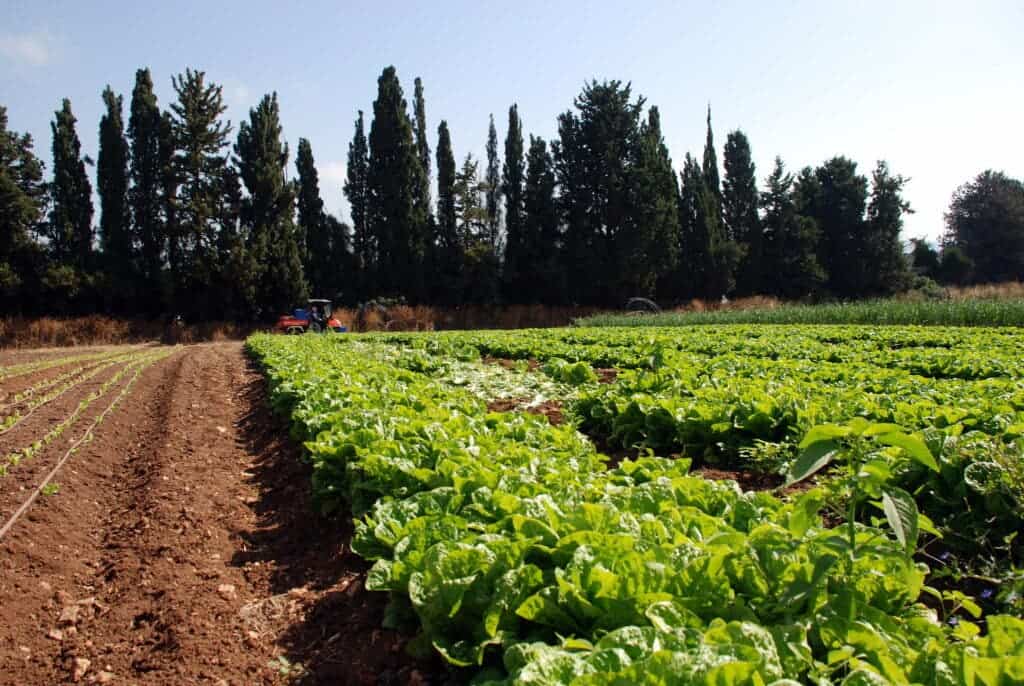A thorough inventory of the sector’s emissions underlined just how much agriculture contributes to our greenhouse gas emissions. If we want to avoid catastrophic damage, we’d be wise to address this, researchers say.

Land-use and agriculture emissions are on the rise in most countries and this could cause the world to fail its climate targets, which could cause devastating damage for the entire planet.
Historically, human land use has affected the environment in multiple ways: it transformed and fragmented ecosystems, degraded biodiversity, disrupted carbon and nitrogen cycles, and added emissions to the atmosphere. But in contrast to fossil-fuels, trends and drivers of emissions from land-use change haven’t been analyzed as thoroughly.
The first problem is complexity. Compared to fossil fuels, land-use emissions are more difficult to assess. They are spatially diffuse, temporally distributed (for example, emissions from a deforested area may occur over many years), and require substantially more data and disciplinary knowledge to estimate. They are also comparatively more difficult to avoid.
A group of researchers from the University of California carried out a country-level analysis of trends in global land-use emissions in 1961–2017 and their demographic, economic, and technical drivers. They used annual time-series data on population, crop and livestock production, land area harvested, and agricultural emissions.
“We estimated and attributed global land-use emissions among 229 countries and areas and 169 agricultural products,” lead author Chaopeng Hong, said in a statement. We looked into the processes responsible for higher or lower emissions and paid particularly close attention to trends in net CO2 emitted from changes in land use.”
Despite steady increases in population and agricultural production per capita, as well as smaller increases in emissions per land area used, land-use emissions relatively constant at about 11 gigatons CO2-equivalent until 2001, the study showed. This is mainly due to decreases in land required per unit of agricultural production.
But it all changed after 2001. Driven by rising emissions per land area, emissions increased by 2.4 gigatons CO2-equivalent per decade to 14.6 gigatons CO2-equivalent in 2017, the researchers found. This represents about 25% of total anthropogenic emissions, making agriculture a large contributor to global emissions, contributing to about a quarter of our total emissions.
Latin America, Southeast Asia, and sub-Saharan Africa are the three highest-emitting regions, accounting for 53% of global land-use emissions and more than two-thirds of global emissions growth over the period from 1961 to 2017. This is linked to cropland expansion and concomitant spikes in the emissions intensity of land use.
In the case of Latin America, increases in emissions after the year 2000 reversed earlier long-term declines; emissions in this region reached roughly 75% of 1961 levels in the 1990s. By contrast, emissions in Southeast Asia and sub-Saharan Africa have trended upwards throughout most of that period, driven by significant growth in production.
A meaty problem
The researchers also looked at different food groups and found some striking differences. Emissions per calorie of beef and other meat are 30 times greater than the average intensity of other products. Although these red meats supply just 1% of total calories produced worldwide, they account for 25% of total land-use emissions.
Between 1961 and 2017, beef production increased much less (+144%) than chicken and pork production (483%), reflecting a widespread shift in the type of meat consumed, which reduced per capita meat emissions in 2017 by 44%. This has caused a 14% decline in per capita land-use emissions in the period included in the study.
“While the situation in low-income countries is critical, mitigation opportunities in these places are large and clear,” senior author Steve Davis said in a statement. “Improving yields on already cultivated land can avoid clearing more carbon-dense forests for cultivation of soybeans, rice, maize and palm oil, thereby drastically reducing land-use emissions in these countries.”
The researchers argued countries can tackle the emissions of the agricultural sector by reducing food waste, improving the quality of the soil, better manage livestock waste and use more efficient tilling and harvesting methods. At the same time, dietary changes could also make a big difference, as highlighted in previous studies.
Recent research has also demonstrated some promising mitigation options, they added. For example, rice cultivars and non-continuous rice-paddy flooding practices may achieve substantial reductions in CH4 while also increasing yields, and dietary supplements for cattle have reduced methane emissions up to 95% in pilot studies.
The study was published in the journal Nature.






